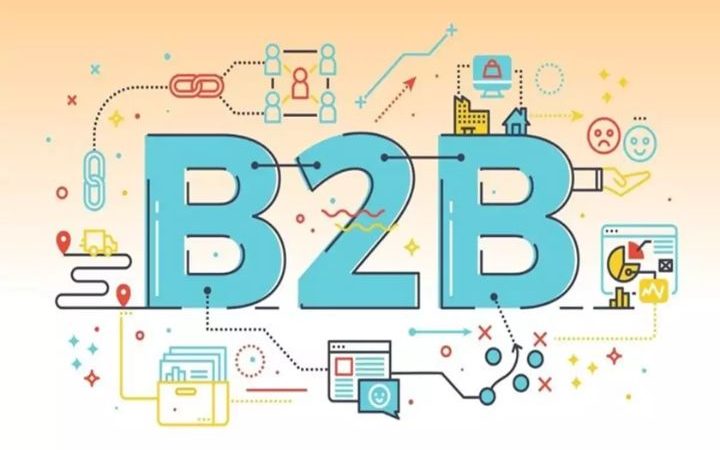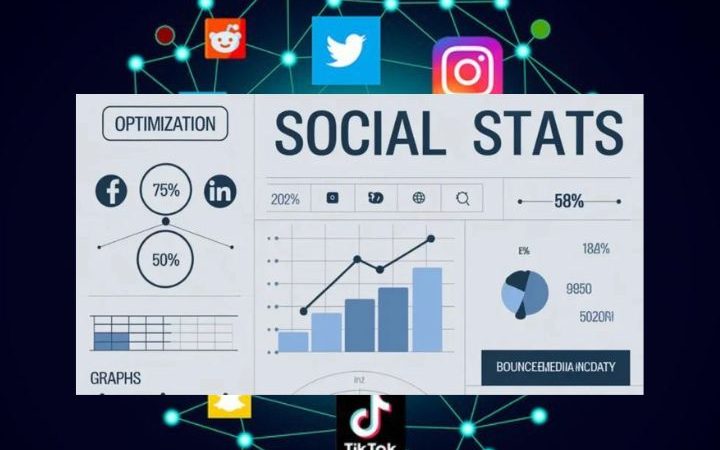List of HTTP response Codes?
Have you ever come across a 404 code while browsing the internet? Or, even worse, have you found any of these errors on your website? If so, here we will tell you everything about HTTP response codes so that you understand what they mean and can fix them in case they represent an error.
We are an agency specialized in SEO services, and always, before embarking on any project, we carry out a technical SEO audit to make sure we review all your HTTP codes.
Therefore, contact us so that we can work together and we can do our SEO audit service.
What are HTTP response codes?
HTTP response codes are a way for the web to communicate with us and tell us about problems and the status of sites and pages, whether caused by us or by our server.
All HTTP codes are a protocol that tells us what happens when we enter a website, especially when there are errors.
Why are status codes relevant in SEO optimization?
Google’s intelligent crawling bots look at HTTP codes when they are checking a website. In case there are errors that could affect the indexing and score that Google gives to your domain.
HTTP codes that indicate that everything is fine do not benefit us in terms of SEO because they mean that our page works as it should, but having many HTTP codes that indicate errors can cause Google to understand your page as poor quality and lower the score or decide not to index it.
Types of HTTP status codes
Now we understand what HTTP codes are, so we will see which are the most common and what they mean:
1xx Status Codes: Informational Responses
HTTP codes of this type are informational. That is, they are the ones that indicate that the server received the client’s request:
100 – Continue: This is the HTTP code that indicates that the request was received and the server is waiting for further instructions.
101 – Switching Protocols: When the server accepts a browser change.
102 – Processing: It means that the server received the request but has not finished it yet.
103 – Checkpoint: For cases in which a request that was paused or cancelled is resumed.
2xx Status Codes: Success Codes
These types of HTTP codes are those that indicate that the server accepted, processed and completed the request correctly.
200 – OK: It is not shown to the end user, and that is when everything is fine.
201 – Created: When the request is successful, and a new resource is created.
203 – Non-Authoritative Information: The browser request was completed correctly, but the content corresponds to a different server than the one where the request was made.
204 – No Content: The request is correct, but there is nothing to display.
205 – Reset Content: This occurs when the request is completed, but the page needs to be reloaded. It is very common in forms where the user has to complete data.
206 – Partial Content: When only a part of the requested content is returned.
3xx Status Codes: Redirection
They are the HTTP codes that redirect the user.
300 – Multiple Choices: When there is a request that has several response options.
301 – Moved Permanently: A permanent redirect in which the browser is automatically redirected to the new address. It is a good option so that 404 errors are not penalized.
302 – Moved Temporarily: It is a temporary redirection.
303 – See Other: Indicates that there is a redirect, but there is no destination address.
304 – Not Modified: It occurs when the browser asks the server if there is a new redirect, but there is no.
305 – Use Proxy: This is one of the HTTP codes that is given when what is requested must be obtained through a proxy.
4xx Status Codes: Client Errors
They are the HTTP codes that indicate that the user is wrong in his request. It occurs when the pages do not exist or when they have limited access.
400 – Bad Request: When the syntax is not correct.
401 – Unauthorized: When authentication is required.
403 – Forbidden: When access to the requested resource is not allowed.
404 -Not Found: When the requested resource is not found or is not available.
405 – Method Not Allowed: When the browser uses a method that is not accepted by the server.
406 – Not Acceptable: When the resource does not have an acceptable format.
408 – Request Timeout: When the browser takes so much time that the server no longer waits for the resource.
5xx Status Codes: Server Errors
These HTTP codes are what indicate a server error. Therefore, it is necessary to contact the host.
501 – Not implemented: When the server does not support the function necessary to carry out the browser request.
502 – Bad Gateway: The server cannot respond to the browser request since this server is acting as a proxy.
503 – Service Unavailable: The server cannot respond because it is saturated.
Check status codes in Google Search Console
A very good way to check the HTTP codes of a website is to use Google Search Console. There are four types of content:
- Pages that return errors.
- Valid pages that have warnings.
- Invalid resources.
- Content not indexed.
So you can review each of the categories and take the necessary actions to solve the problems and warnings. You can contact us so that with our SEO audit service, we can help you with everything that arises.






